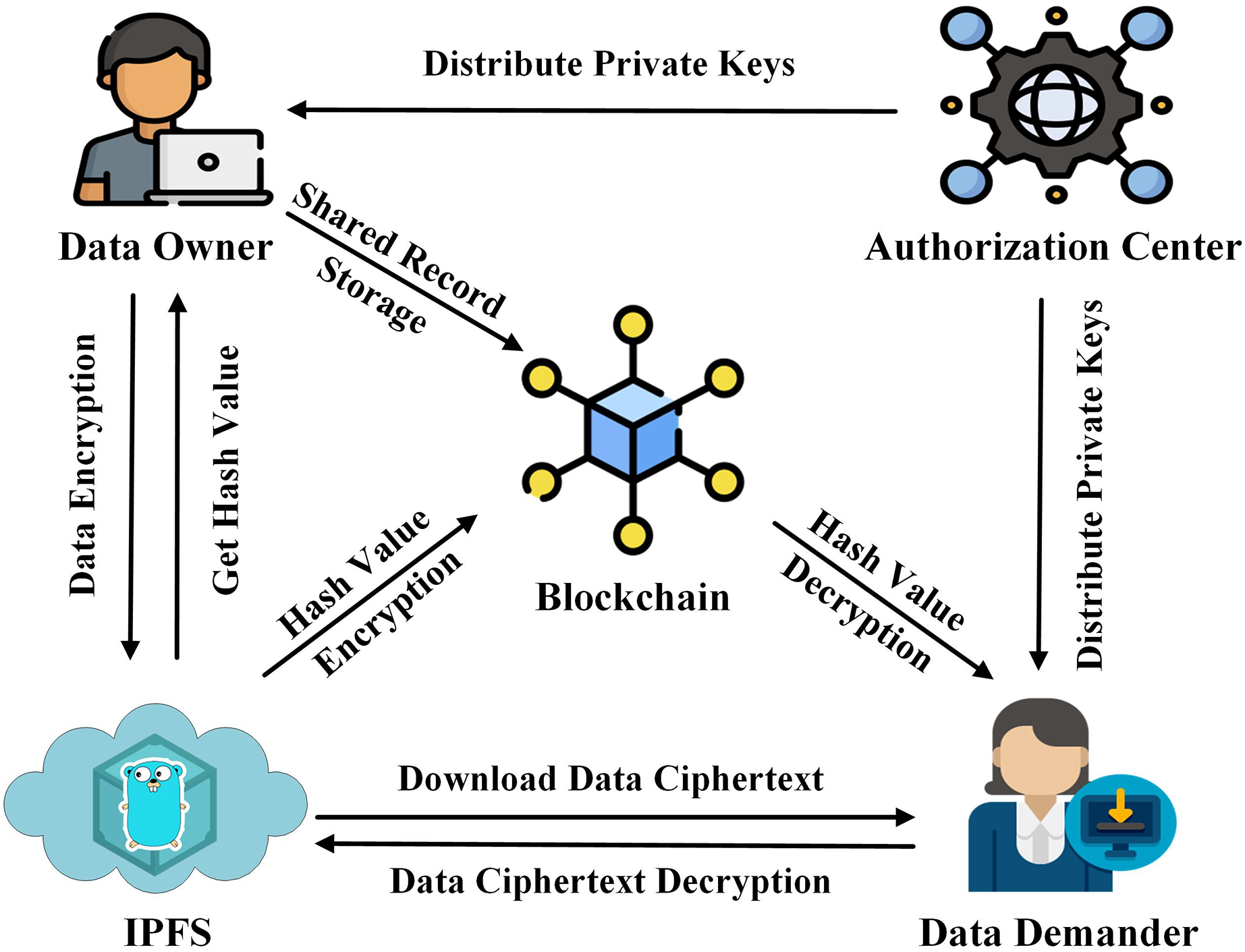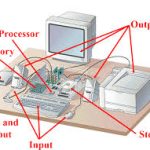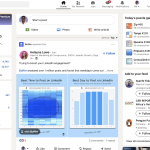
Let’s be honest—centralized systems have been running the show for decades. But cracks are showing. Data breaches, single points of failure, opaque decision-making… you know the drill. Enter blockchain—not just for cryptocurrencies anymore—but as the backbone of a new era in decentralized software architectures. Here’s how it’s shaking things up.
Why Decentralization? (And Why Now?)
Decentralized architectures aren’t just a tech trend—they’re a response to real-world frustrations. Think of it like a neighborhood potluck vs. a single restaurant. If the restaurant closes, everyone goes hungry. But with a potluck? The feast goes on even if one dish is missing.
Blockchain supercharges this idea by adding:
- Trustless transactions: No need for middlemen (banks, platforms, etc.) to verify actions.
- Immutability: Once data’s on-chain, it’s practically set in stone—no sneaky edits.
- Transparency: Every participant can audit the system’s history. No black boxes.
How Blockchain Enables Decentralized Software
1. Smart Contracts: The Self-Executing Rulebook
Imagine a vending machine that never jams, never overcharges, and restocks itself. That’s a smart contract—code that runs automatically when conditions are met. No human intervention, no bias. Just… if X, then Y.
In decentralized apps (dApps), these handle everything from payments to access control. Ethereum’s the big name here, but chains like Solana and Polkadot are gaining ground.
2. Consensus Mechanisms: The Trust Engine
How do strangers on a network agree on what’s true? Blockchain’s consensus models—Proof of Work (PoW), Proof of Stake (PoS), and others—act like digital voting systems. They ensure no single entity can hijack the network.
Fun fact: PoW is energy-hungry (thanks, Bitcoin), but newer models like PoS cut energy use by ~99%. Handy, given today’s climate concerns.
3. Tokenization: Incentivizing Participation
Tokens aren’t just for trading. In decentralized architectures, they’re the glue—rewarding users for contributing storage (Filecoin), bandwidth (Helium), or even accurate data (Chainlink). It’s capitalism meets open-source collaboration.
Real-World Use Cases (Beyond Crypto)
Sure, DeFi and NFTs grab headlines, but blockchain’s quietly revolutionizing:
- Supply chains: Track a mango from farm to fridge—with zero fraud. IBM’s Food Trust does this.
- Healthcare: Patient-controlled medical records that hospitals can’t lose or mishandle.
- Identity management: No more “forgot password” emails. Just one decentralized ID you own.
The Challenges (Because Nothing’s Perfect)
Blockchain isn’t a magic wand. Some growing pains:
| Issue | Why It Matters |
| Scalability | Bitcoin handles ~7 transactions/second. Visa does 24,000. Ouch. |
| Complexity | Devs need to learn new languages (Solidity, Rust for blockchains). |
| Regulation | Governments are still figuring out how—or if—to regulate. |
That said, layer-2 solutions (like Polygon for Ethereum) and better tooling are easing these pains.
What’s Next? The Future of Decentralized Architectures
We’re heading toward a hybrid world. Not everything will—or should—run on blockchain. But for systems where trust, transparency, and resilience matter? It’s becoming the default.
Picture this: A social media platform where algorithms aren’t controlled by a corporation, but by community vote. Or a cloud storage service that literally can’t go down because it’s spread across millions of devices. That’s the promise—no, the prototype—of blockchain-powered decentralization.
And honestly? We’re just getting started.









